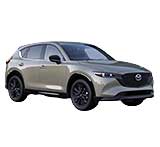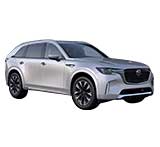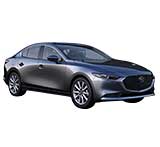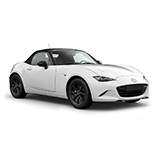2024 Mazda CX-30 MSRP vs Invoice vs True Dealer Cost
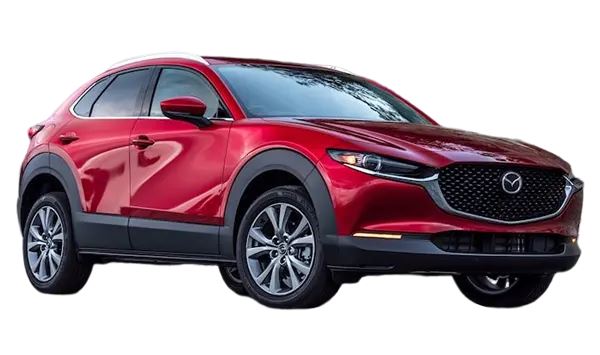
Price terms Used in this Guide:
MSRP | Invoice Price | Destination Fee | Holdback | Dealer Cost
MSRP | Invoice Price | Destination Fee | Holdback | Dealer Cost
| Mazda CX-30 Prices | MSRP | Invoice | Dealer Cost |
|---|---|---|---|
| SKYACTIV-G 2.5 S 2.5L | 4 Cyl. | Automatic | AWD |
$26,370 | $25,745 | $25,481 |
| SKYACTIV-G 2.5 S Select Sport 2.5L | 4 Cyl. | Automatic | AWD |
$27,875 | $27,212 | $26,933 |
| SKYACTIV-G 2.5 S Preferred 2.5L | 4 Cyl. | Automatic | AWD |
$30,165 | $29,445 | $29,143 |
| SKYACTIV-G 2.5 S Carbon Edition 2.5L | 4 Cyl. | Automatic | AWD |
$31,165 | $30,420 | $30,108 |
| SKYACTIV-G 2.5 S Premium 2.5L | 4 Cyl. | Automatic | AWD |
$33,365 | $32,565 | $32,231 |
| SKYACTIV-G 2.5 Carbon Turbo 2.5L | 4 Cyl. | Automatic | AWD |
$34,165 | $33,345 | $33,003 |
| SKYACTIV-G 2.5 Turbo Premium 2.5L | 4 Cyl. | Automatic | AWD |
$36,365 | $35,490 | $35,126 |
| SKYACTIV-G 2.5 Turbo Premium Plus 2.5L | 4 Cyl. | Automatic | AWD |
$38,175 | $37,255 | $36,873 |
| Available Optionss and Package Pricing | |
|---|---|
| Port Installed Options | |
| Black Lug Nuts and Black Wheel Locks | $225 |
| Cargo Cover | $165 |
| Cargo Blocks | $50 |
| Cargo Mat | $100 |
| Cargo Net | $60 |
| Cargo Tray | $150 |
| All-Weather Floor Mats, High Wall | $190 |
| Illuminated Door Sill Trim Plates | $500 |
| Sport Pedals | $250 |
| Rear Bumper Guard, Stainless Steel | $135 |
| Splash Guards, Front and Rear | $200 |
| Wheel Locks | $75 |
| Mazda Navigation System (Premium Models) | $450 |
| Exterior Paint Options | |
| Snowflake White Pearl Mica (Turbo Premium Models, S, Preferred, Premium) | $450 |
| Machine Gray Metallic (Turbo Premium Models, Preferred, Premium, Select Sport) | $595 |
| Soul Red Crystal Metallic (Turbo Premium Models, Preferred, Premium, Select Sport) | $595 |
| Polymetal Gray Metallic (Turbo Premium Models) | $450 |
| Ceramic Metallic (Select Sport) | $450 |

